Ídasse Tembe, a work of his time
The hair of the teenager who, in the 60’s and 70’s, played the piano and practiced ballet, retains the calmness, joviality and sobriety. The hair gave way to a medium cut, now grey, obedient to the tint of time, which today makes up the artist Ídasse Tembe (1955). The conversation the reader has in hand is an excerpt from an afternoon spent talking about the past and the present.
We associate Núcleo de Arte with painting. But you are a member of the Mozambican Photography Association, the Mozambican Writers Association (AEMO) and created the Arts Department at the National Institute of Cinema. How did you end up involved in so much?
I belong to a generation that was very lucky to witness the birth of a nation. Our biggest dream was to make Mozambique a different country.
My participation in this cultural game was due to the opportunities I had. And they were the demands of the time itself. When I left the Centre for Cultural Studies I went to create the Department of Arts in Cinema and I was doing it without realising the path I was taking.
Doing that, I was lucky enough to participate in the creation of many associations such as AEMO, we promoted literary dynamism in companies, schools, neighbourhoods and then Charrua appeared, which had the projection and impact it had. I was also part of Tchova. One way or another I was part of a collective that wanted to do things.
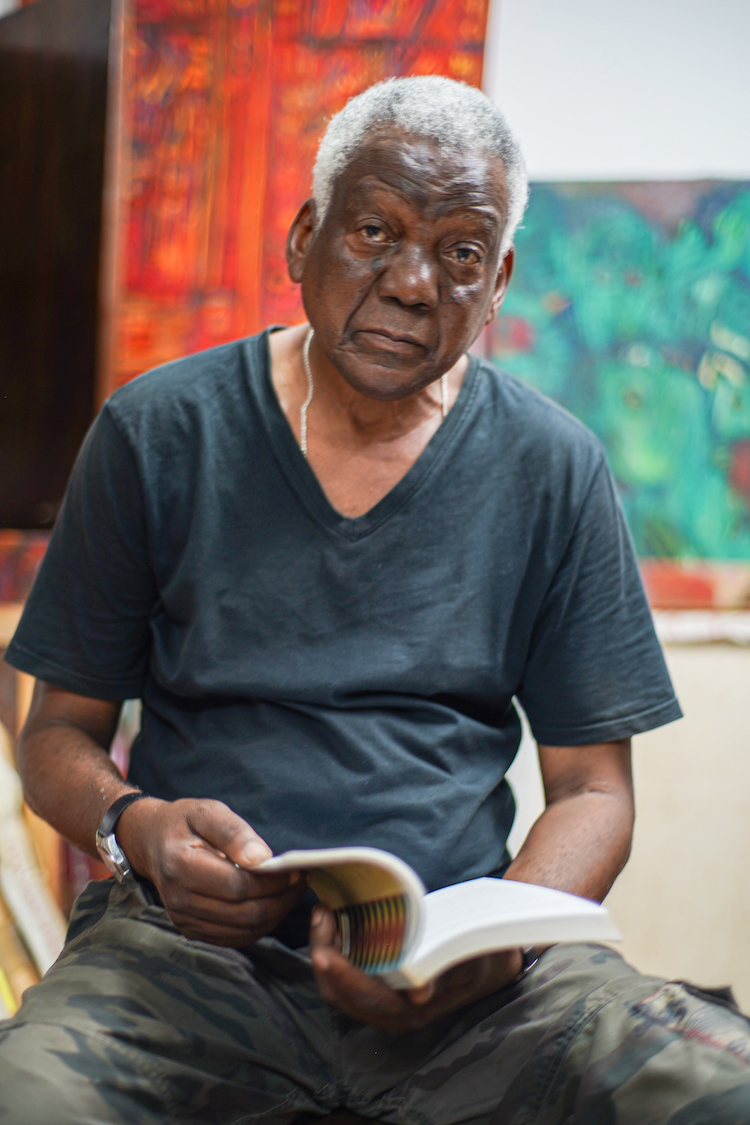
Looking at the picture of events after the post-independence euphoria, I get the impression that the initial enthusiasm has faded…
I think that, fortunately, the human animal is lucky enough to think. And thought can be good and it can be bad. It’s no accident that you wake up and suddenly realize that there’s a guy who woke up and took a knife to hurt another. Anyway, I belong to a generation that believed in the things it was doing. The mobile cinema project, for example, passed through my hands.
Although I have never heard a song by you, I read somewhere that you have a thing for music too…
I believe I joined the Escola Ferroviário in 1973, when they opened it to others who were not the children of employees of the Railways. I read in the newspaper that there were openings for the music course and I signed up for piano. From that time, I remember Tony Matola, Gito Balói.
I belong to a generation that believed in the things it was doing.
After bothering her so much, the teacher allowed me to become the last to join the class. I was always asking, I asked her for help in arranging my compositions and she was interested in that. She introduced me to ballet.
One day, after class, she took me to introduce myself to the ballet teacher, and there I met Lázaro Sengo, Adérito Armindo, Mussá Tembe. The main soloist was Botika, from Nampula, who was Miss Mozambique 1972.
I still make music, I compose, I have completed material. One day I will record, I will show it. There are many projects. I have songs from several years ago with José Mucavele.

And the visual arts, how did they come up?
It was a very good time. When I was at the Cultural Studies Centre, I started to participate in exhibitions, I practiced a lot of ceramics. Drawing appeared more or less at the height of Charrua.
I think that part of this journey is inevitably present in your work.
I think the opportunities I had to move from music, dance, cinema somehow contributed to who I am. There are certain fragments or patterns that are a consequence of this. When I work with a step, in drawing or painting, of an animal or a person, if you are attentive you will understand the ballet, the harmony, the melody.
I believe that things happen in their own time. We are pawns of our destiny. It is already written what we will become. My problem is discipline to concentrate and be there. But when I take it, it comes out.
Currently, what do you do when you wake up?
I’m doing the things I can. There are moments to draw, to paint. I write my memories. I’m composing. I’m playing the guitar. And I thank God for, without bothering anyone, creating my space. What I pray when the day dawns is for health.
Advertising

Issue 73 May/Jun | Download.
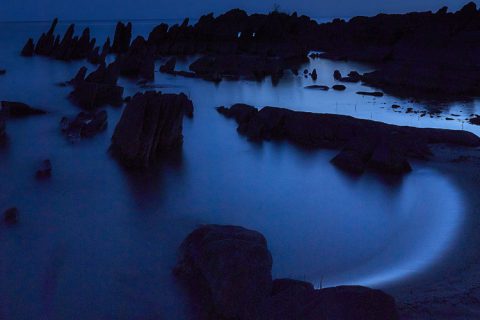
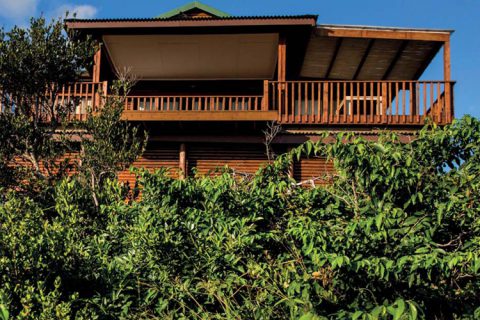


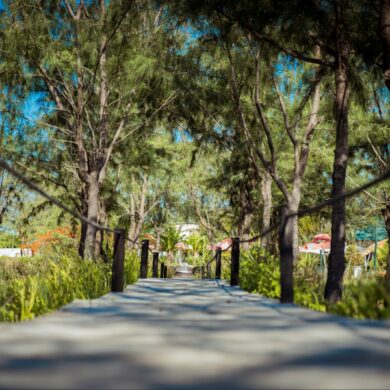



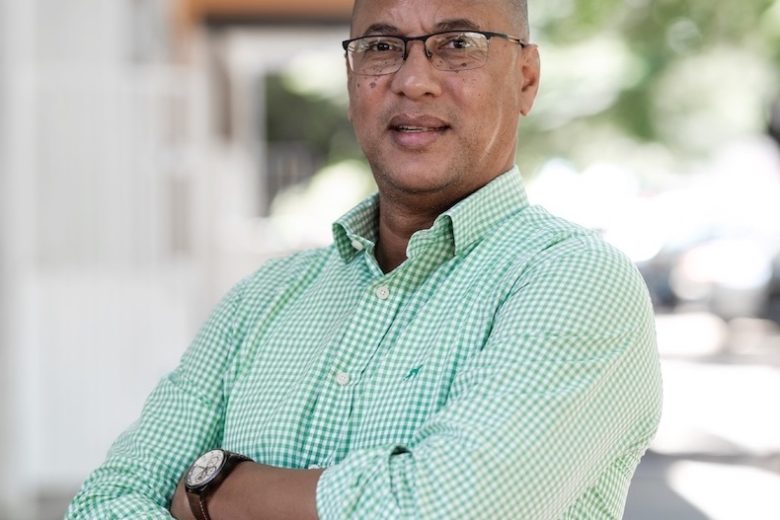
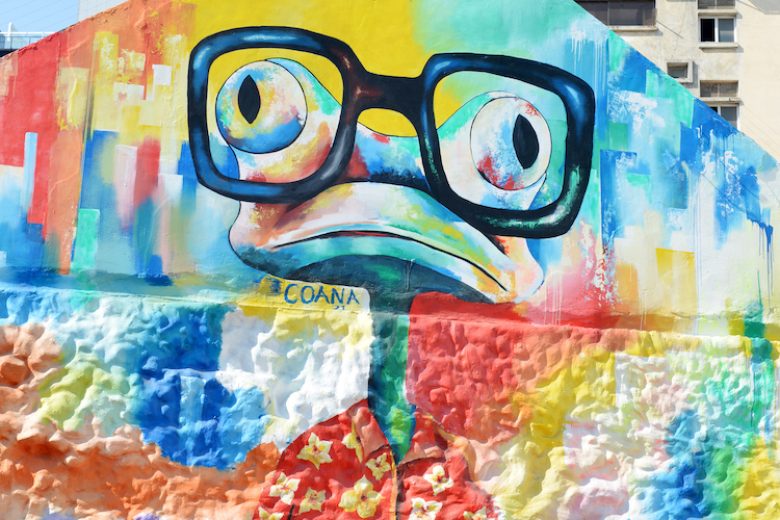










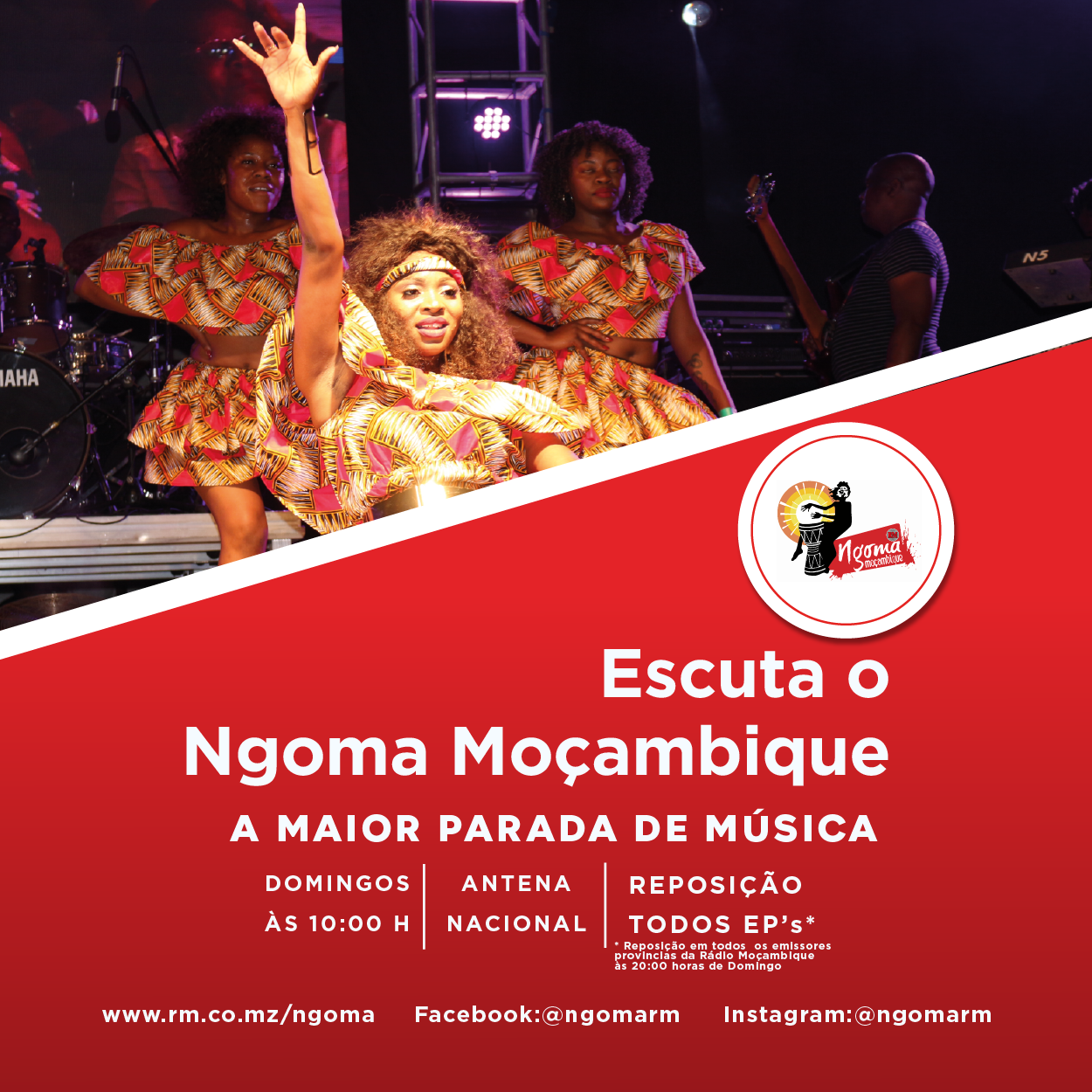
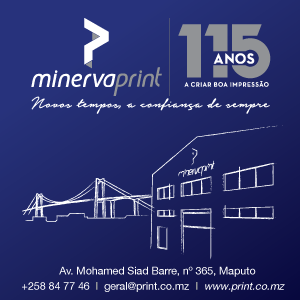





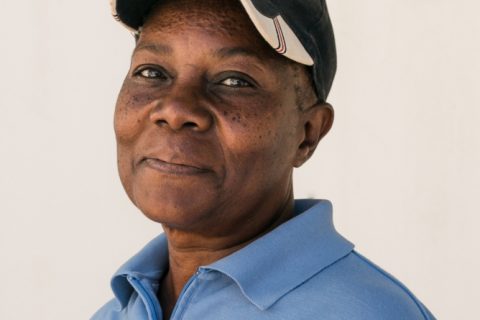
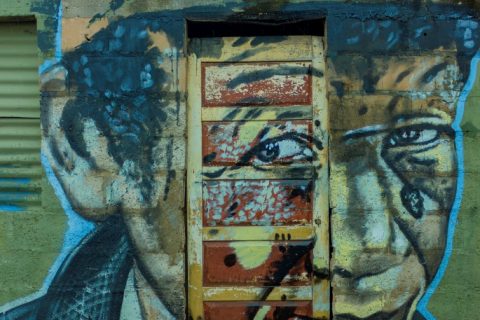

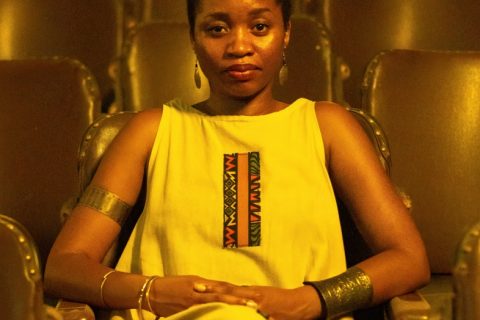
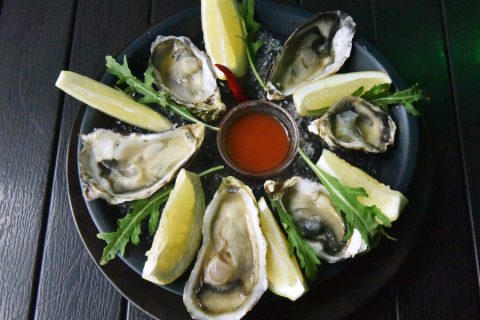
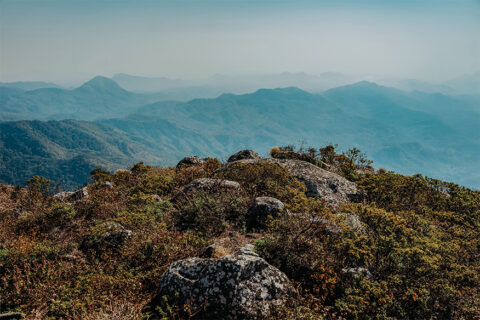


0 Comments